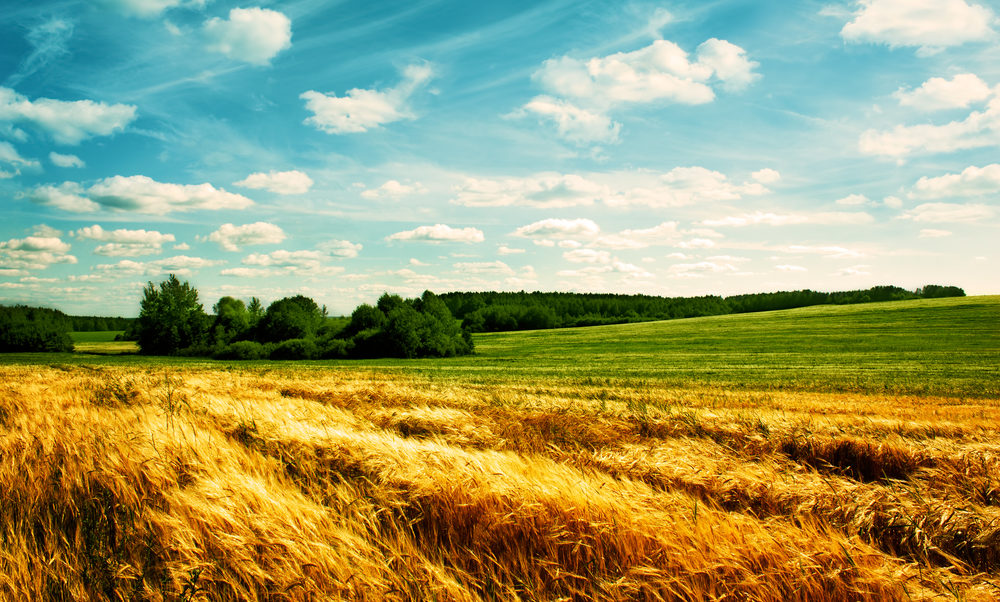This week there was a lot of talk about climate change in the national media. The Government’s intention to plant 440 million trees in the next 20 years as part of its plan to tackle climate change came up quite a bit.
8,000ha are to be set aside for some 22 million trees each year – 160,000ha over 20 years.
In the meantime, here on what is sometimes known as the food island, we no longer produce wheat to mill flour (apart from small amounts of local/artisan produce). We no longer produce our own sugar. In many cases, maize and malt are imported for whiskey making and brewing.
The list of imported salads, vegetables and fruits that could be grown here is staggering.
We imported four million tonnes of animal feed material into this country in 2018 from 67 countries, but the Government’s automatic solution to cutting emissions is to plant trees. What about that word ‘sustainability’?
No doubt there is room for more forestry in this country, but we cannot see further decline in the tillage area.
Would producing more animal feed not provide a more sustainable approach to livestock production? Would producing our own flour not be more sustainable? What about backing up the name on Irish whiskey with Irish grain?
Tillage industry ignored
From 2015 to 2018, the area in tillage has declined by approximately 40,000ha, although this year’s figures were pulled into question by AgriLand this week.
Also Read: Confusion over department and CSO cereal area figures emergesThe tillage industry in this country has been largely ignored in recent years. A report entitled “The Future of the Tillage Industry in Ireland” was published in November 2017 – two years ago – by the Joint Committee on Agriculture, Food and the Marine.
The report detailed plans to investigate a logo to recognise Irish grain, along with 34 other recommendations – none of which have been implemented.
Also Read: Inaction on tillage report means it is now ‘outdated’Some tillage farmers claim they should be rewarded for carbon sequestration and for providing a carbon sink under the reform of the next Common Agricultural Policy (CAP).
If the tillage sector was encouraged it could help to meet our climate targets for 2030 and 2050, as well as making our country self-sufficient and more sustainable.
Where encouragement has been given, the results have been positive.
The protein payment and incentive to plant cover crops under the Green, Low-Carbon, Agri-Environment Scheme (GLAS) has resulted in an increase in the areas of these crops.
Minimum-tillage area has increased. Last year’s fodder production incentive measure saw tillage and livestock farmers work together to combat the fodder shortage.
But as it stands, the reality remains that there is little support for Irish grain from Government. Some companies are striving to use Irish ingredients, but in the main tillage farmers take world market prices.
Drinks Ireland recently stated that it wants more Irish malting barley. So instead of importing malt from places like Europe, Africa and the US we could get it from a local supplier, but support needs to be provided to allow this to happen.
The tillage sector can balance the emissions it produces. The production of all of the products named above would mean some of these products would not have to be imported.
The amount of grain coming from countries like Argentina – where vast swathes of rainforests are being cut down – could be reduced.
These crops provide homes for wildlife and biodiversity. They provide cover crops to protect soil and nutrients over the winter, crops which take in carbon dioxide and forage crops to feed animals over winter. Tillage land provides a home for slurry from the livestock sectors.
The narrow-minded thinking needs to be broadened. No doubt there’s a space for forestry, but there is definitely a space for providing home-grown food that we can trust, which can also help to meet our climate targets.
